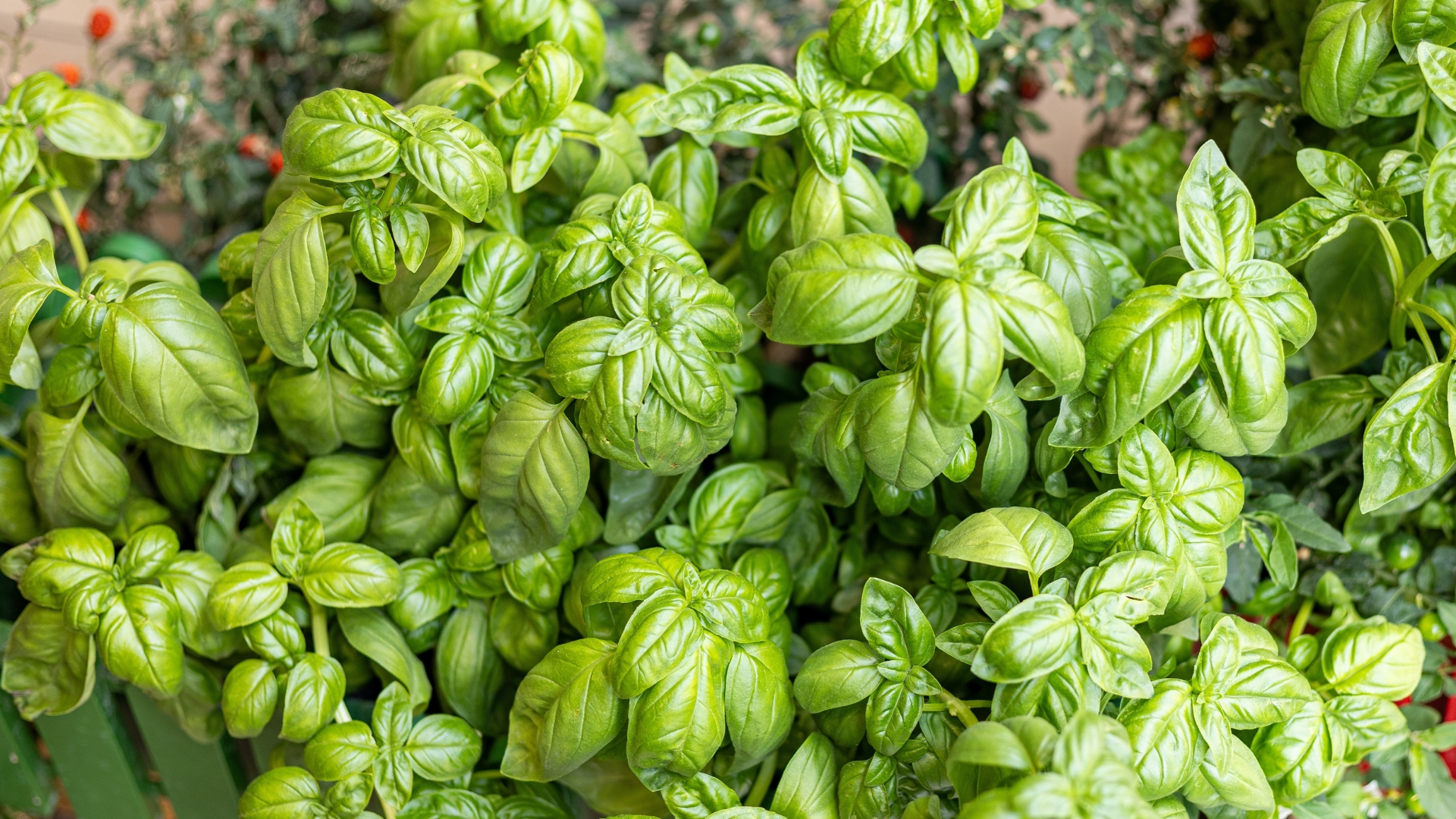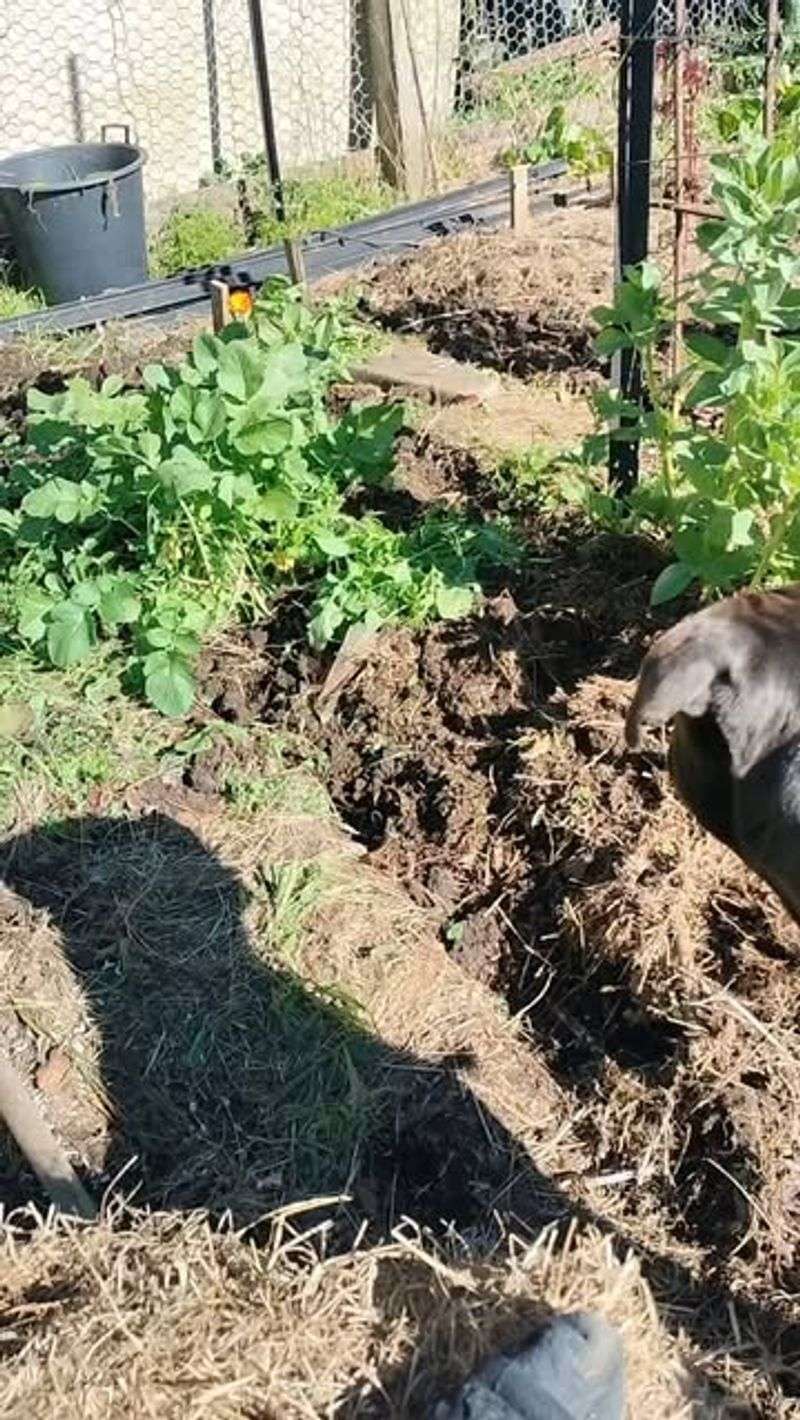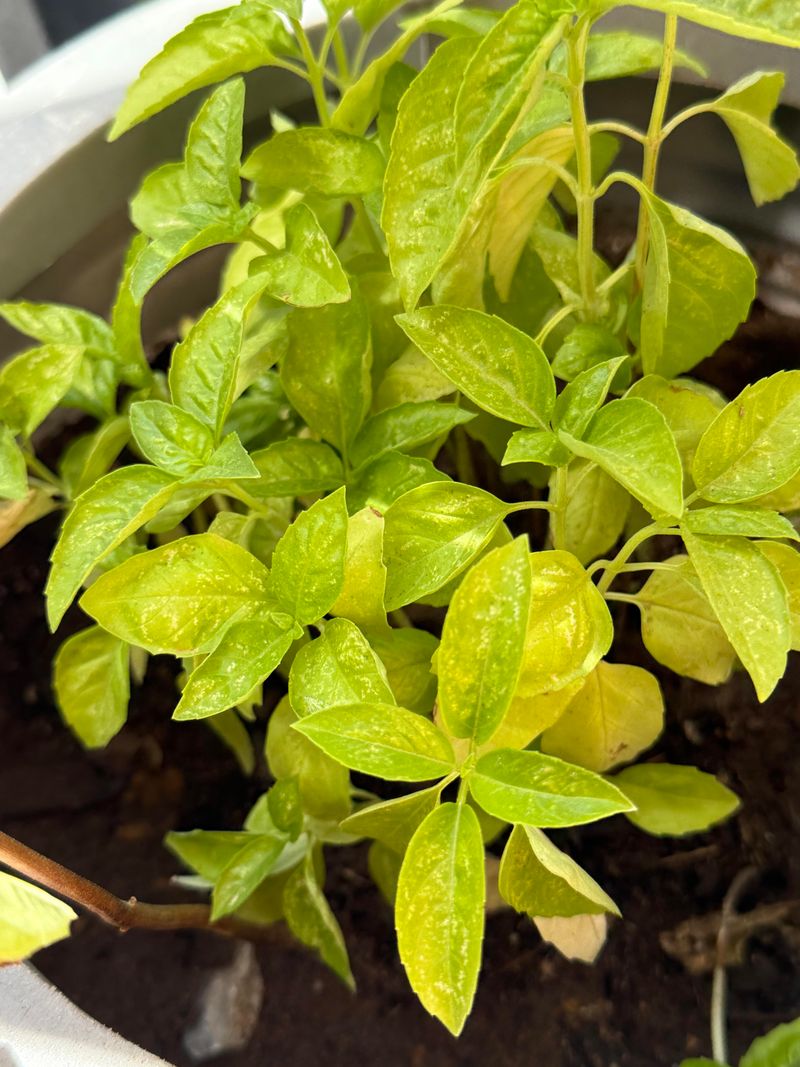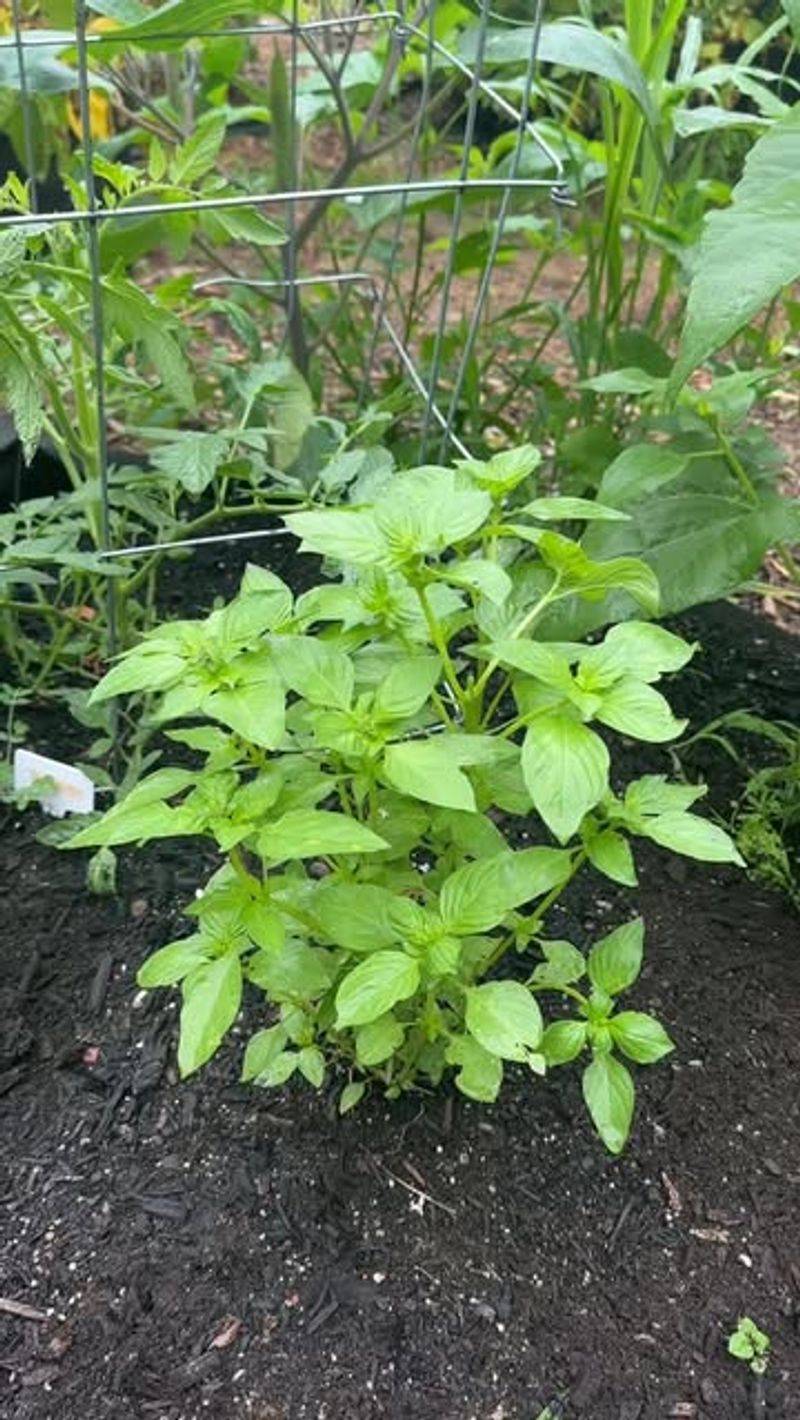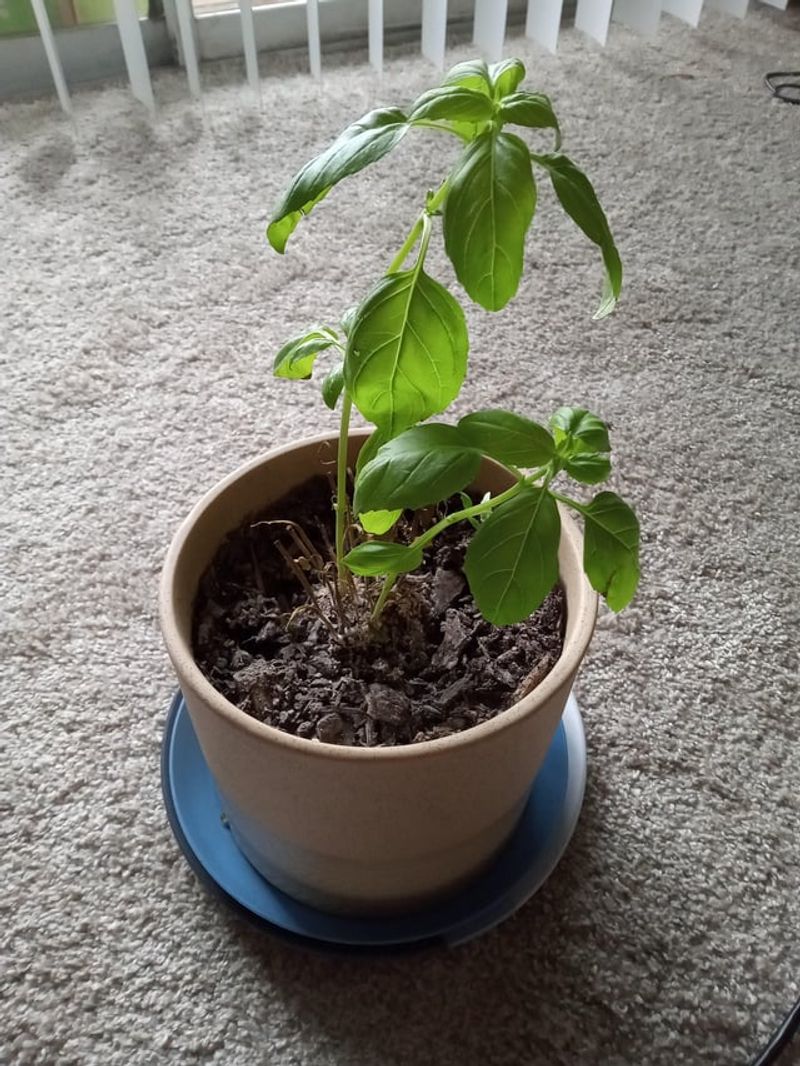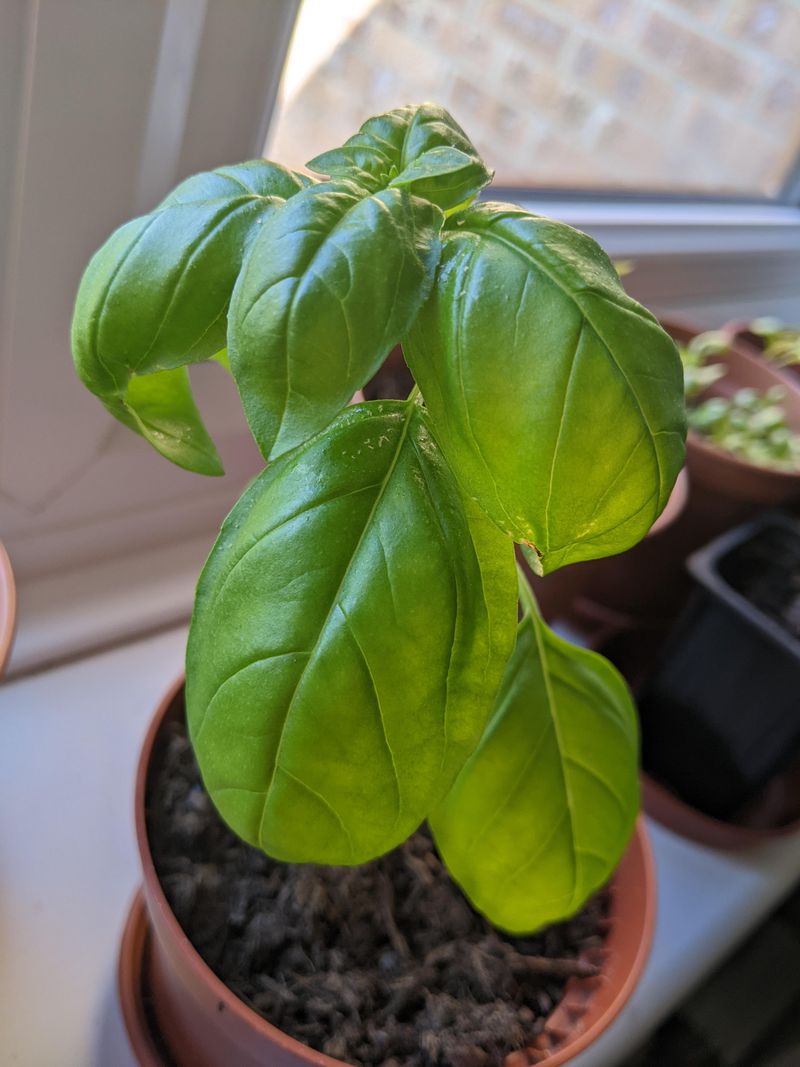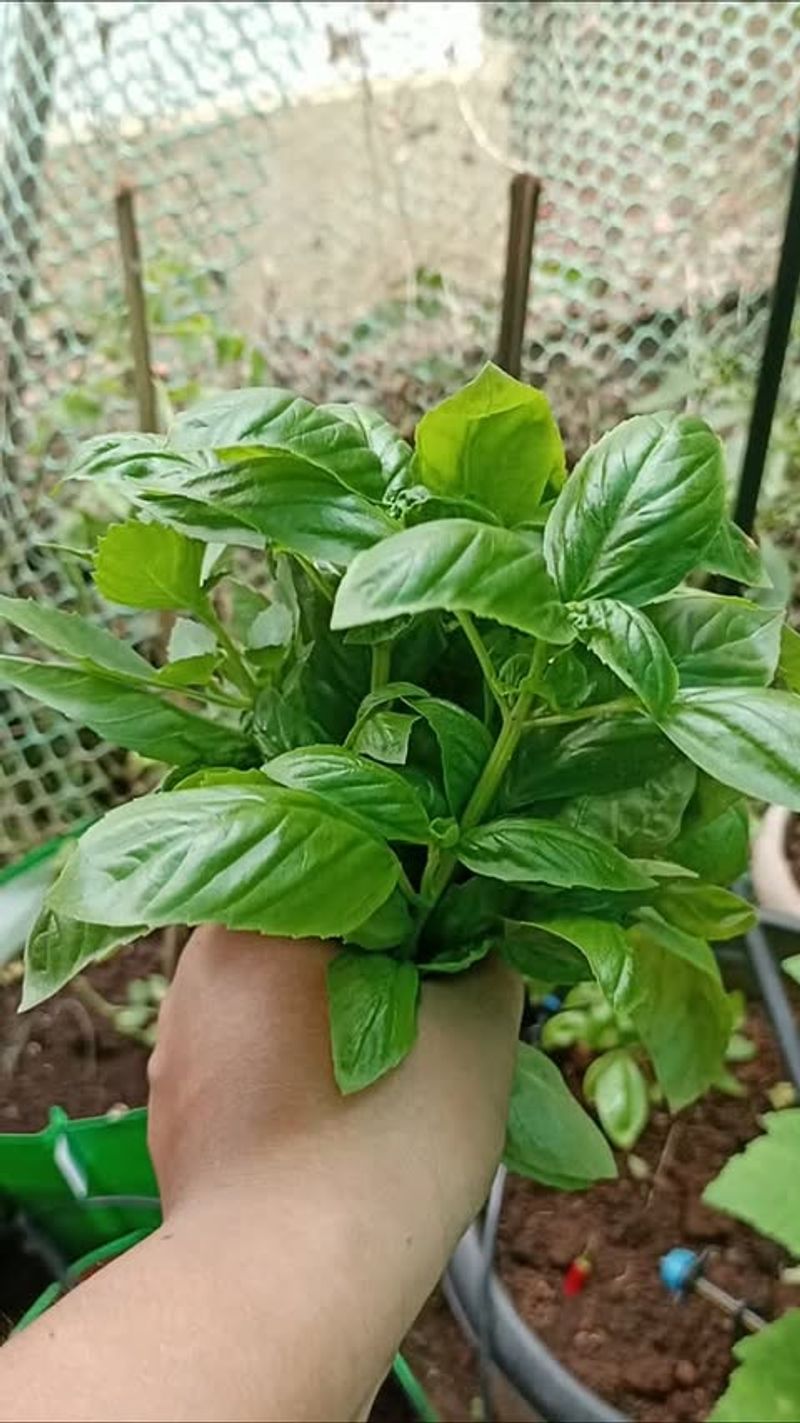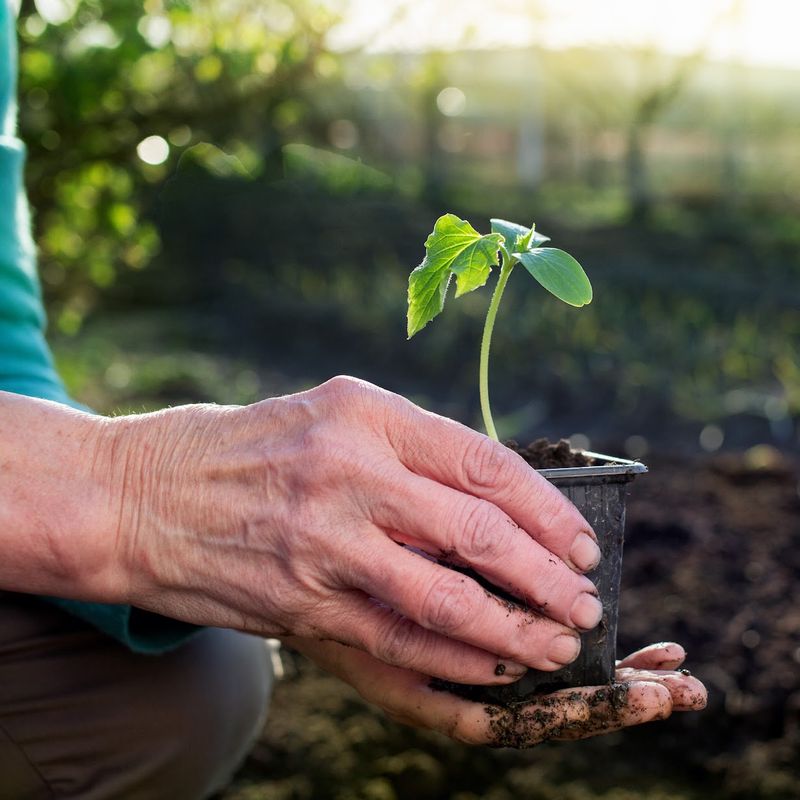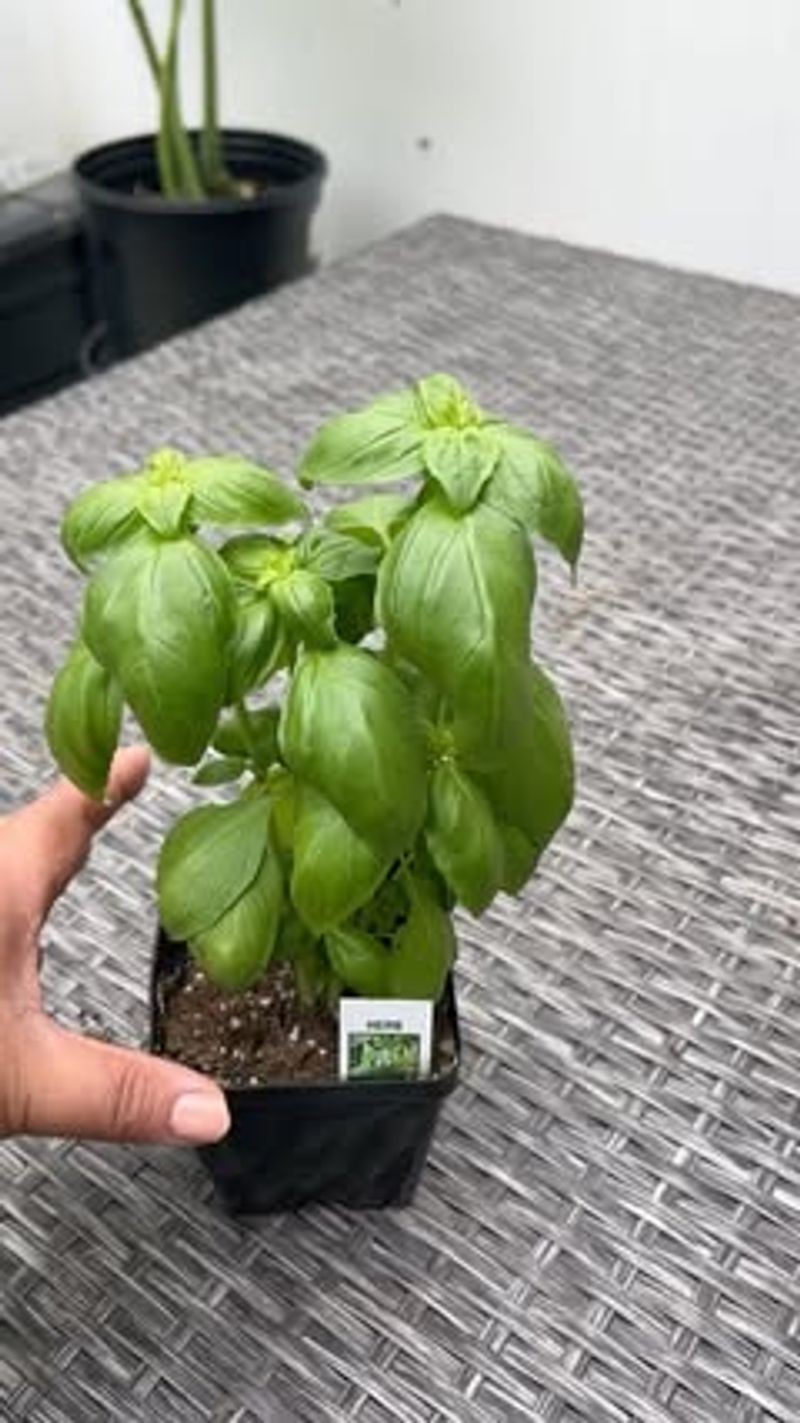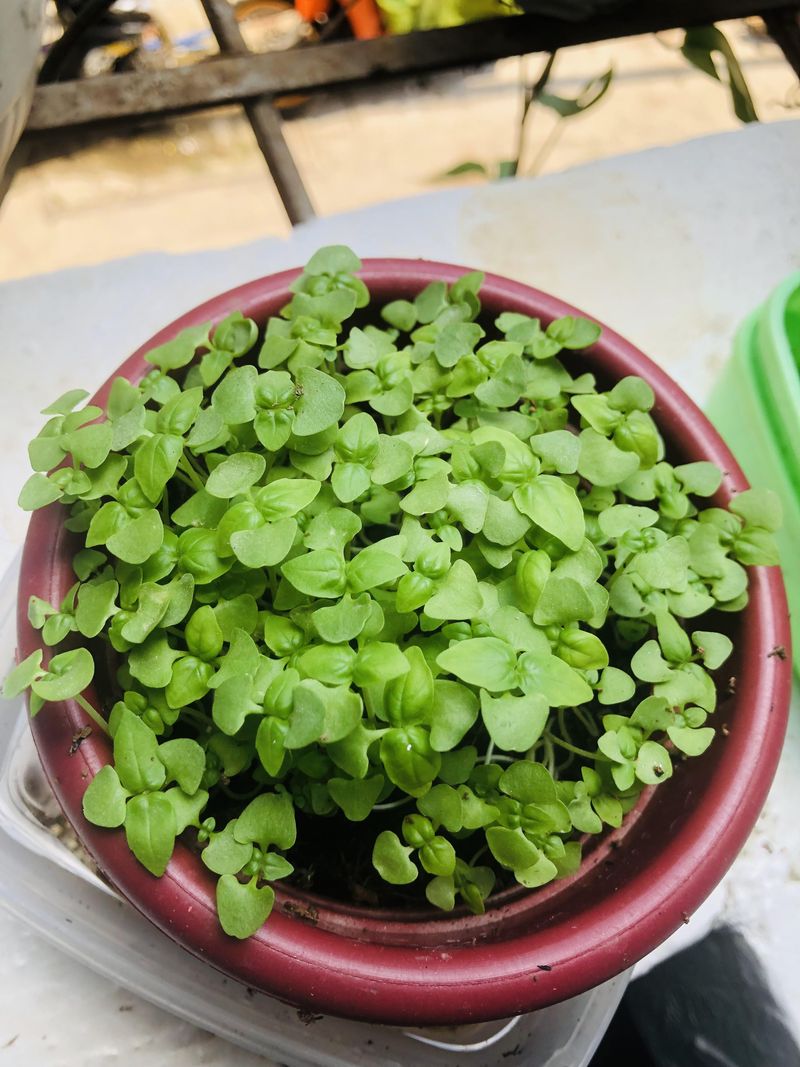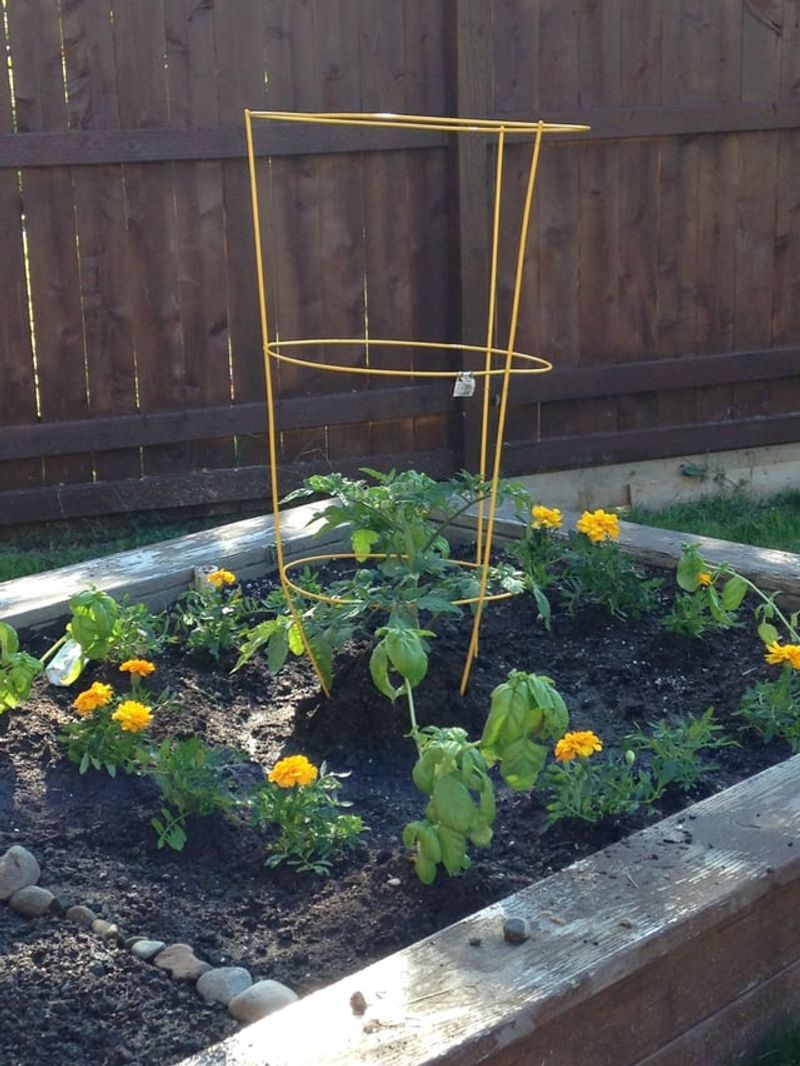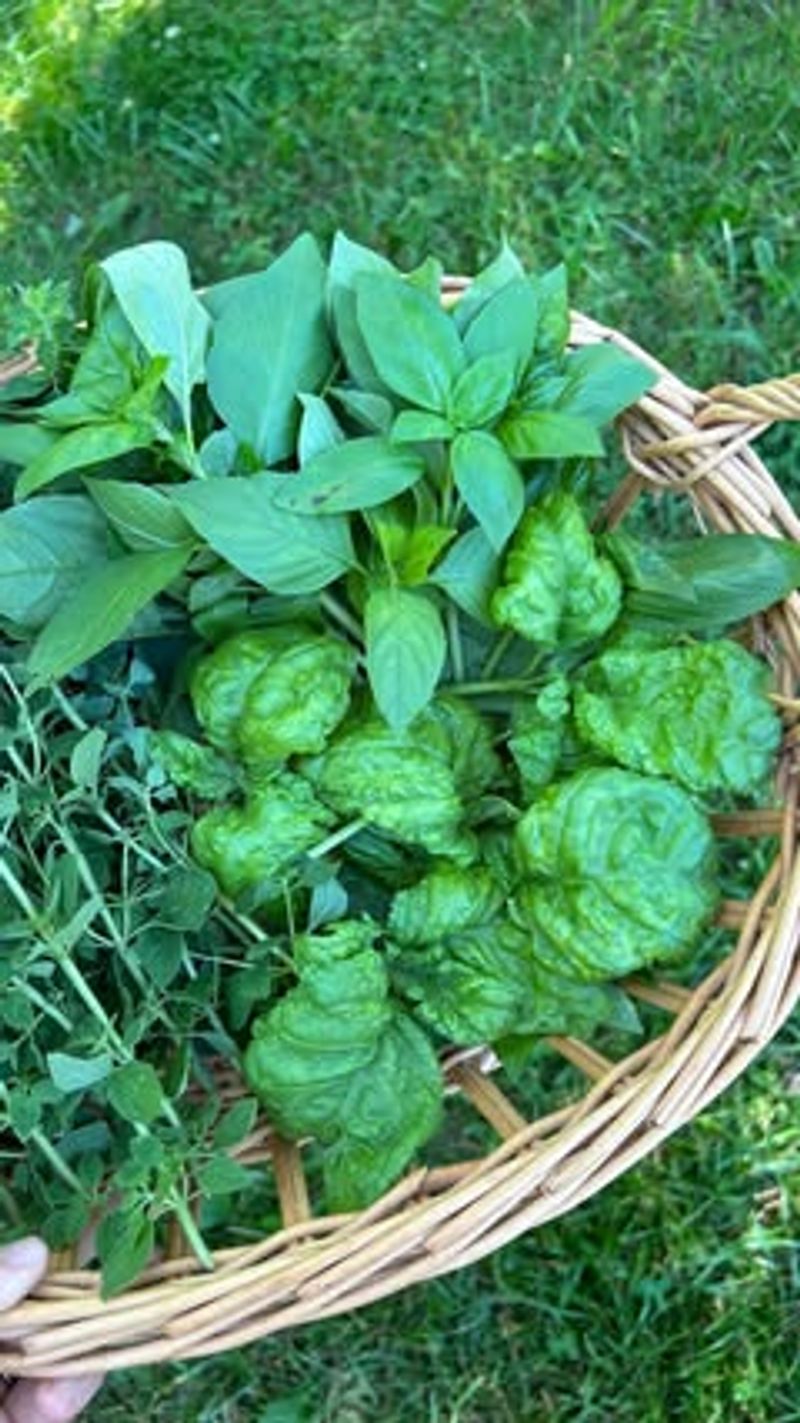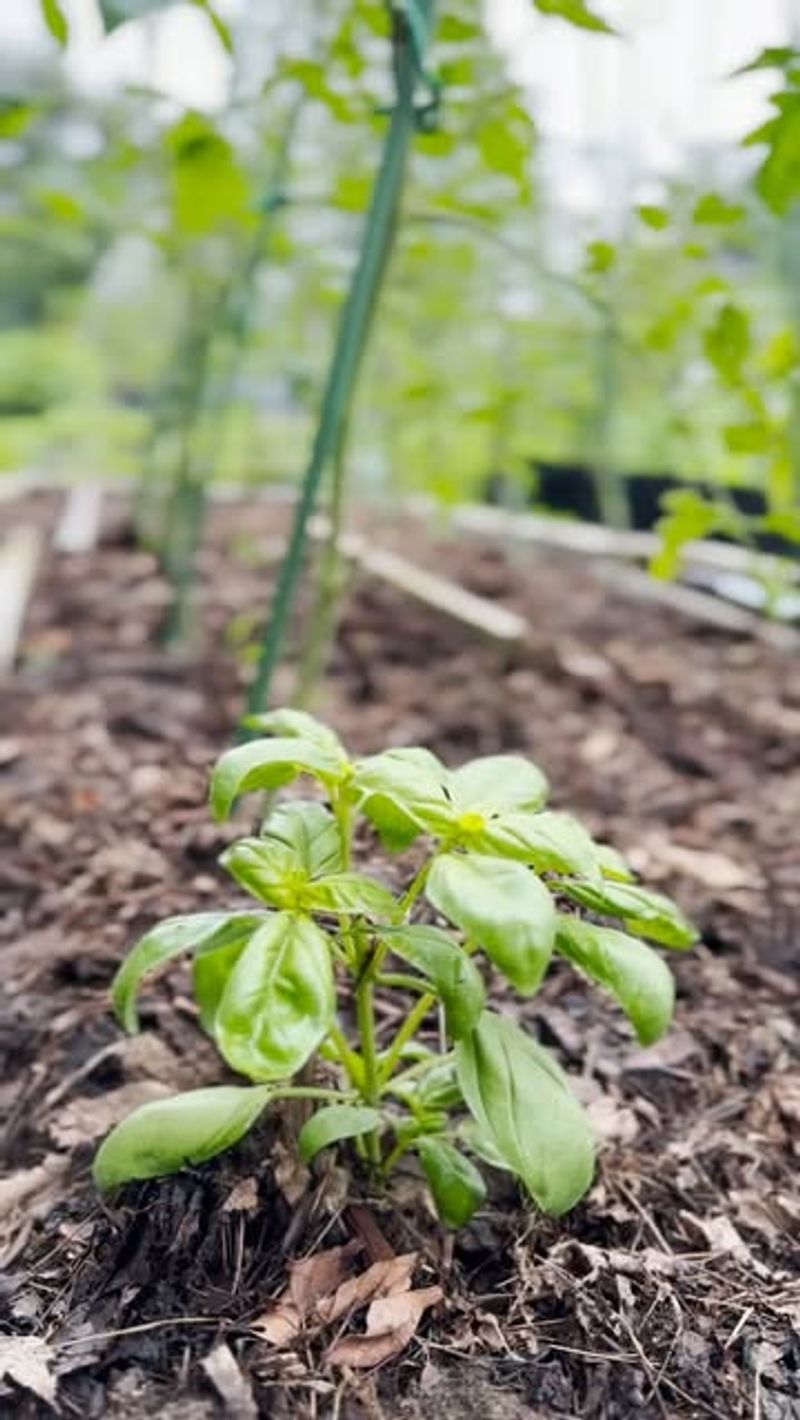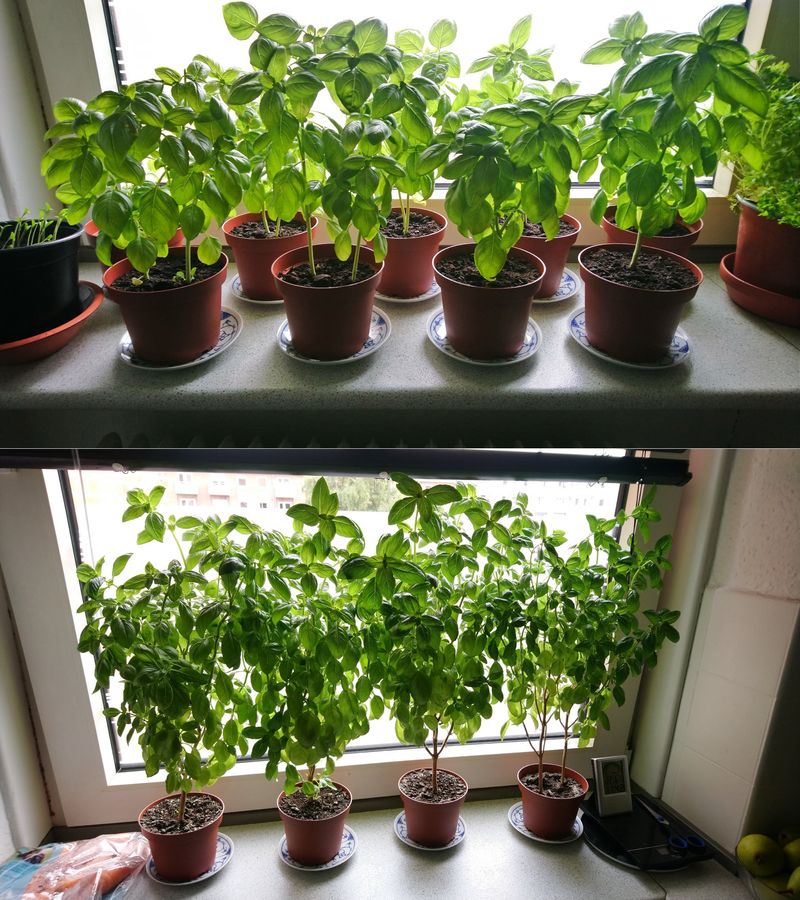I panicked the first time my basil started turning yellow—thought I’d lost the whole plant! But in Minnesota gardens, it’s usually something simple like overwatering, heat stress, or a lack of nutrients.
I’ve brought mine back with a few quick fixes, and it bounced right back to green and lush. Don’t give up on it just yet—basil is tougher than it looks.
If your leaves are fading, here’s what might be going on and how to fix it fast.
1. Check Watering Habits
Inconsistent moisture causes yellow basil leaves faster than anything else. Minnesota’s summer heat can dry soil quickly, stressing your plants.
Water deeply when the top inch of soil feels dry, usually every 2-3 days during peak summer. Morning watering works best to prevent fungal issues common in our humid climate.
2. Adjust Sunlight Exposure
Too much direct sun scorches basil leaves, while too little causes yellowing. Many Minnesota gardeners mistakenly place basil in full southern exposure.
Aim for 6-8 hours of morning sunlight with afternoon shade. Eastern exposures work wonderfully in our northern climate, protecting plants from intense midday rays.
3. Improve Soil Drainage
Minnesota’s clay-heavy soils often retain too much moisture around basil roots. Standing water quickly leads to root rot and yellow leaves.
Mix in compost and perlite to improve drainage. Raised beds work exceptionally well in our state’s wet spring conditions, elevating roots above soggy ground.
4. Correct Nutrient Deficiencies
Minnesota’s native soil often lacks nitrogen, causing older basil leaves to yellow first. Iron deficiency shows as yellowing between leaf veins.
Apply balanced organic fertilizer monthly during growing season. Fish emulsion works wonderfully in our northern gardens, providing quick nitrogen that basil craves.
5. Manage Temperature Fluctuations
Basil suffers when temperatures drop below 50°F, common during Minnesota’s late spring and early fall nights. Sudden yellowing after cool nights indicates temperature stress.
Use row covers or cloches during chilly evenings. Container-grown basil can be moved indoors when our state’s temperatures dip unexpectedly.
6. Treat Fungal Diseases
Minnesota’s humidity creates perfect conditions for fungal issues like downy mildew. Yellow spots with grayish undersides indicate fungal problems taking hold.
Improve air circulation by spacing plants properly. Neem oil applications work well in our state’s gardens, controlling fungal spread without harsh chemicals.
7. Address Pest Infestations
Aphids and spider mites cause yellowing by sucking sap from basil leaves. These pests thrive during Minnesota’s warm, dry summer periods.
Spray plants with insecticidal soap weekly until pests disappear. Many Minnesota gardeners successfully use ladybugs as natural predators, especially in enclosed garden spaces.
8. Adjust Soil pH
Basil prefers slightly acidic soil with pH 6.0-7.0. Minnesota’s limestone-influenced soils often run alkaline, causing nutrient absorption issues and yellowing.
Test soil pH with an inexpensive kit from any garden center. Adding peat moss helps acidify soil naturally, a common practice among successful herb gardeners in our northern state.
9. Prevent Transplant Shock
Young basil plants often yellow after being moved outdoors too quickly. Minnesota’s variable spring weather makes hardening off essential.
Gradually introduce seedlings to outdoor conditions over 7-10 days. Many successful gardeners across our state use cold frames to ease this transition, protecting tender plants from our unpredictable elements.
10. Provide Wind Protection
Minnesota’s open prairies and lakeshores experience significant winds that damage basil leaves. Wind stress often appears as yellowing along leaf edges.
Create windbreaks using garden fabric or place plants near structures. Many gardeners in our windy state successfully grow basil in sheltered corners or alongside taller, sturdier plants.
11. Correct Container Issues
Container-grown basil yellows quickly when root-bound or planted in pots without drainage. This problem affects many Minnesota apartment dwellers and patio gardeners.
Use containers at least 12 inches deep with adequate drainage holes. Self-watering containers work exceptionally well in our state’s hot summers, providing consistent moisture.
12. Manage Companion Planting
Basil sometimes yellows when planted near incompatible neighbors. Minnesota gardeners often make the mistake of crowding herbs together without research.
Plant basil near tomatoes or marigolds for mutual benefits. Throughout our state, experienced gardeners avoid planting basil near rue or sage, which inhibit growth and cause stress.
13. Harvest Properly
Incorrect harvesting techniques stress basil plants, causing yellowing. Many Minnesota gardeners pick individual leaves rather than pruning properly.
Cut stems just above leaf nodes to encourage bushier growth. Throughout our state’s short growing season, regular harvesting keeps plants productive rather than flowering, which causes leaf yellowing.
14. Choose Climate-Appropriate Varieties
Some basil varieties simply struggle in Minnesota’s shorter growing season. Italian large-leaf types often yellow faster than more resilient varieties.
Try ‘Spicy Globe’ or ‘Minnesotan’ basil, bred for northern climates. Local gardeners across our state report greater success with these varieties, which resist yellowing even during our challenging temperature swings.
15. Implement Seasonal Protection
Late-season yellowing often occurs as Minnesota nights cool in early fall. Many gardeners give up too soon when simple protection would extend harvest.
Cover plants with floating row covers on chilly September nights. Gardeners throughout our northern state gain weeks of additional growing time with this simple technique, preventing premature yellowing.

